Students in Research
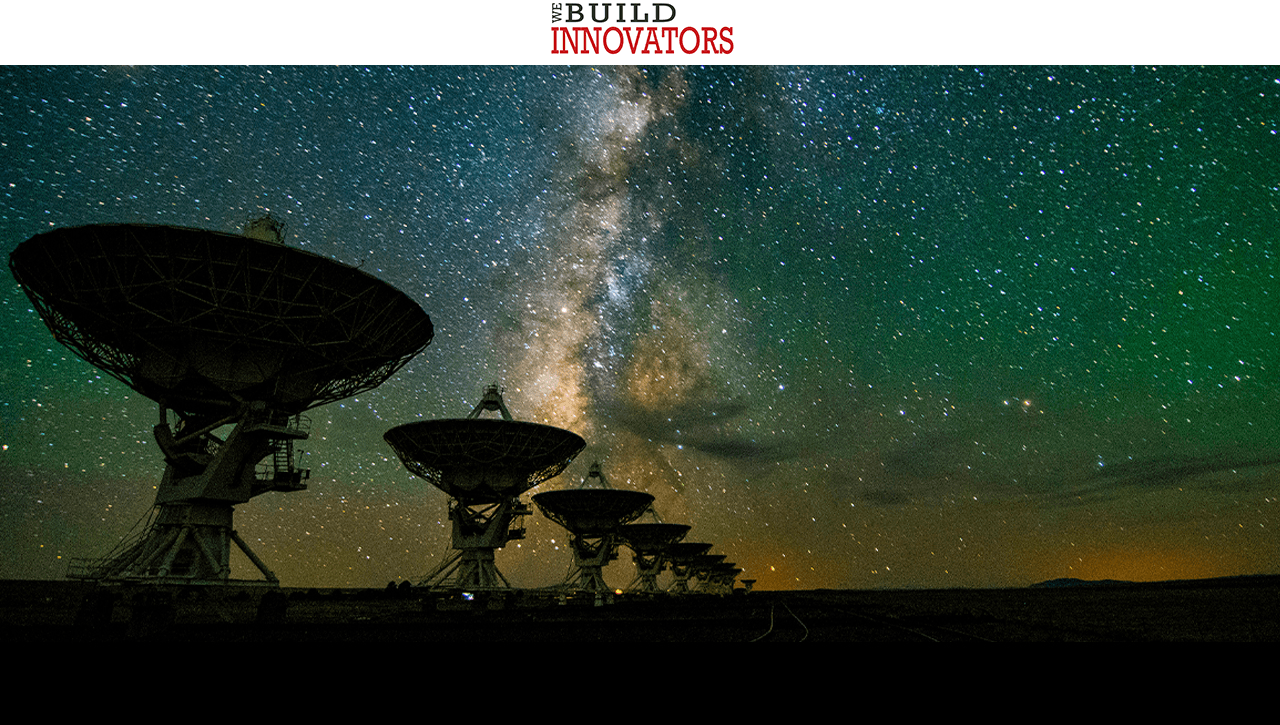
Texas Tech University physics students used data from the Karl G. Jansky Very Large Array (VLA), pictured above, in their research paper, which has been accepted by the Astrophysical Journal.
Physics Students Publish Research in Astrophysical Journal
Undergraduates Connor Grandorf, Joseph McCarty, Priya Rajkumar and Heather Harbin, with graduate student Arvind Balasubramanian—all from the Department of Physics & Astronomy at Texas Tech University—successfully authored a scientific paper that has been accepted for publication in the Astrophysical Journal.
The paper, entitled "Search for radio remnants of nearby off-axis Gamma-Ray Bursts in a sample of Swift/BAT events," currently is available on the Cornell University website at https://arxiv.org/abs/2008.05330.
Their paper pursues a line of research in the field of multi-messenger astronomy, that is, the work of combining data from various types of light rays, radio waves, and cosmic particles such as positrons and neutrinos to better evaluate astronomical events.
Sung-Won Lee, professor and chair of the Department of Physics & Astronomy, described the students' achievement this way: "The paper is an exciting search for GW170817-like events in the currently known sample of gamma ray bursts."
The GW170817 event sent out gravitational waves (GW) as two neutron stars merged. Data showed that this event was associated with Gamma-Ray Burst (GRB) 170817A and kilonova AT2017gfo.
"The students were also co-investigators of the approved Very Large Array programs via which the data reported in the paper have been collected," Lee added.
Lee and the students credited TTU astrophysicist Alessandra Corsi for her guidance and support of the research project.
Here's how the students themselves describe their work:
Connor Grandorf
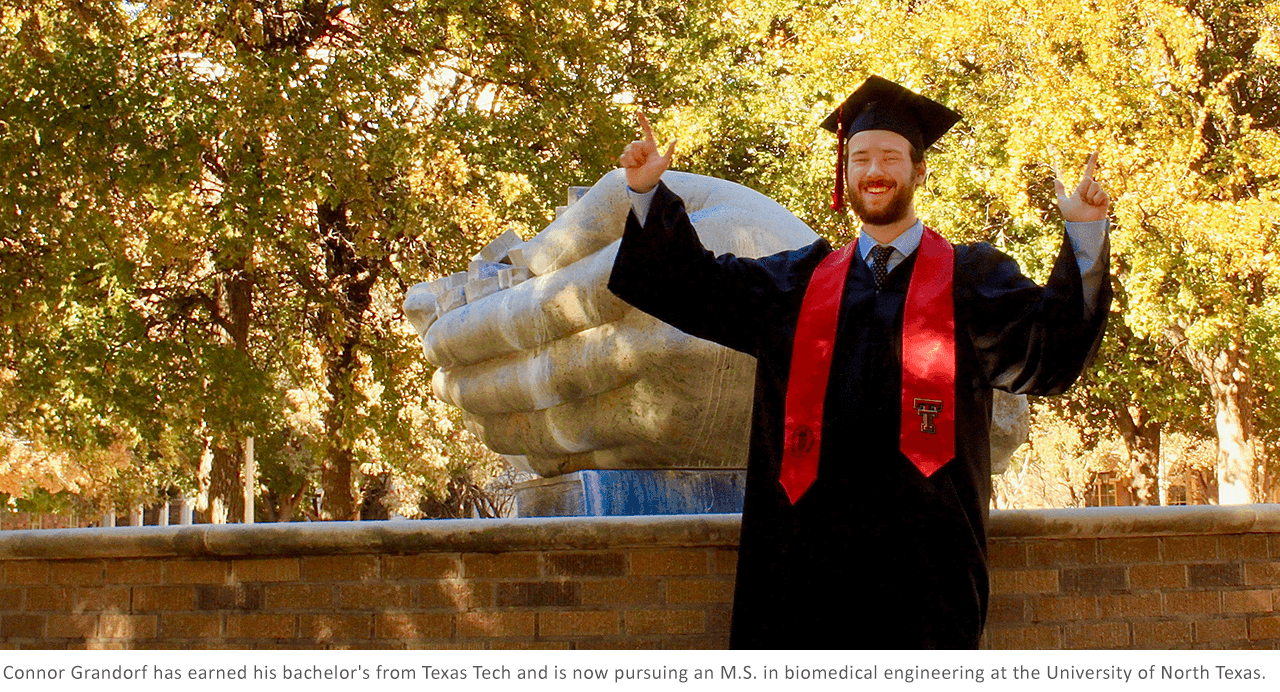
"Being accepted to the Astrophysical Journal and now having this article written are such extreme honors I could have never foreseen before going into TTU. As for my role in the paper, as first author I helped organize the group of undergraduates, under Dr. Corsi of course, and in a manner direct them and assist in some of their training on the software we used to take raw radio images and correct any flaws. Myself and my teammates all put forth great amounts of effort to process many images, each multiple times to correct for potential error, so that we could then collaborate with the Florida group on what exactly we were seeing in these GRBs. Since this project started, I have graduated from Texas Tech back in December of 2019 and have now been accepted to The University of North Texas Graduate School pursuing an MS in biomedical engineering with pre-med, and I can safely say that my research has prepared me for graduate school more than I could possibly imagine, and I owe it all to Dr. Corsi who has been a wonderful mentor over the years. I truly owe every achievement to her."
Grandorf is a Texas Tech graduate now pursuing an M.S.in biomedical engineering, with pre-med, at the University of North Texas.
Joseph McCarty
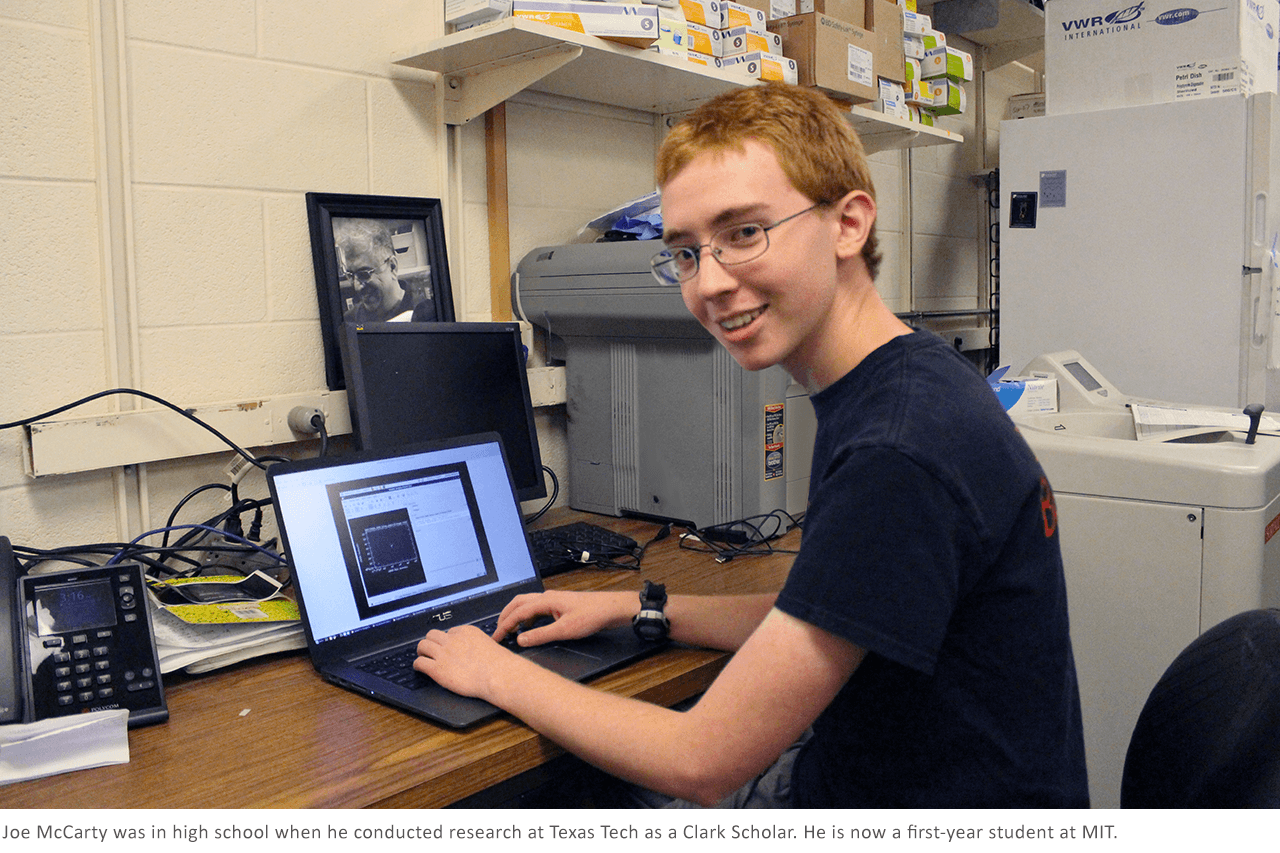
"I participated in the analysis of observations from the Very Large Array (VLA), a radio observatory in New Mexico. We were searching for radio afterglows from very bright astronomical events called gamma-ray bursts to help understand the mechanism and environment of these events. We found a candidate for this afterglow and the group is doing follow-up observations, although I am no longer involved. This research was a great experience for me as it gave me exposure to how science works, particularly with collaboration and paper writing. It also reinforced my interest in physics and my career goal of researching and teaching at a university."
McCarty took part in this project as a Clark Scholar while still in high school. He went on to take a few courses at Texas Tech and is now a first-year student at MIT.
Priya Rajkumar
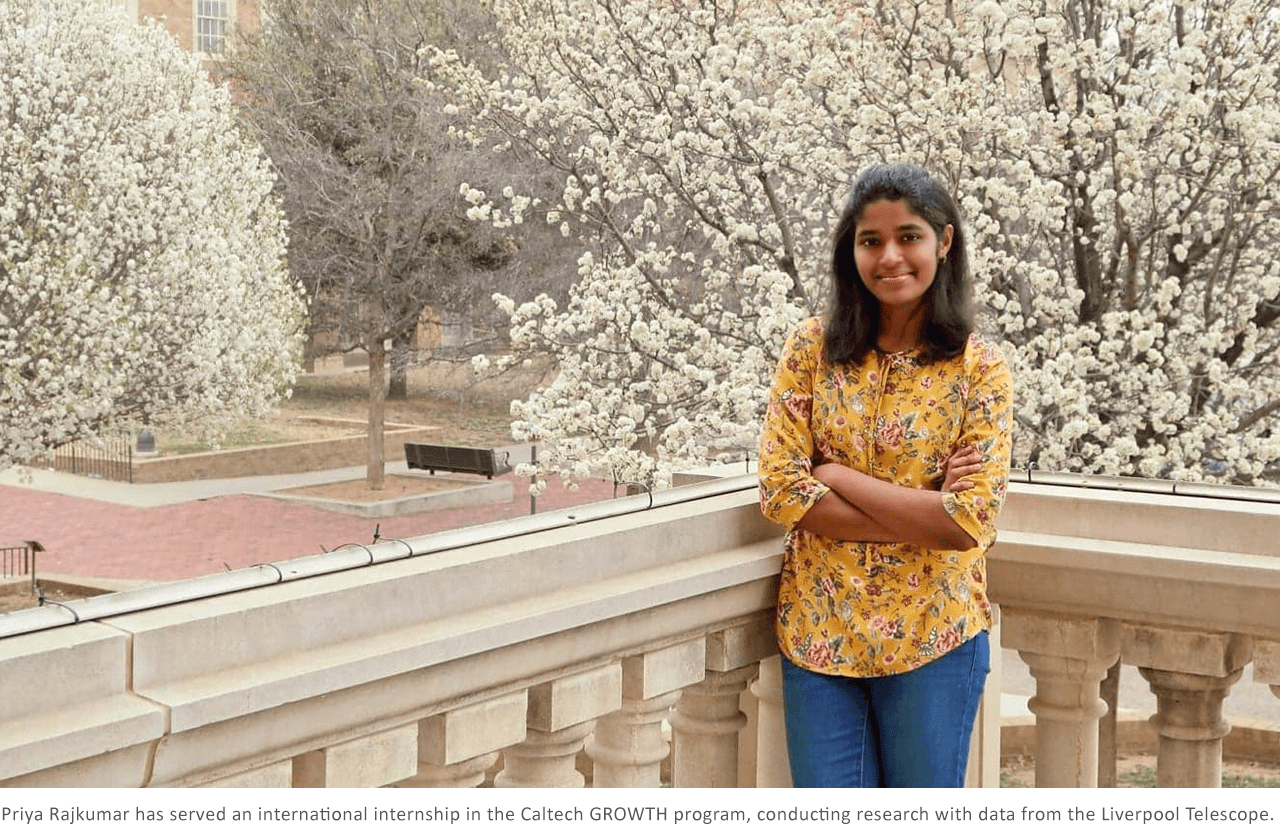
"At the end of the LIGO/Virgo second observing run, GW170817-like events proved to be elusive, spurring my interest in their underlying population. This led me to begin working with Professor Alessandra Corsi's radio astronomy group at Texas Tech University (TTU). As a co-investigator of two observing proposals with Karl G. Jansky Very Large Array (VLA), I performed late-time radio observations of nearby short gamma-ray bursts (GRBs) and documented the results in the paper. I also estimated certain parameters such as offset for all GRBs. With this opportunity, I have gained experience in collecting, calibrating, and analyzing large sets of data.
"We found a previously uncatalogued radio source within the error region of GRB 130626 consistent with a neutron-star radio flare at a distance of ∼ 100 Mpc. Currently, a second companion paper on further observation and the theoretical interpretation of the collected data is in progress."
Rajkumar is a graduating fourth-year Physics major, minoring in Mathematics.
Heather Harbin
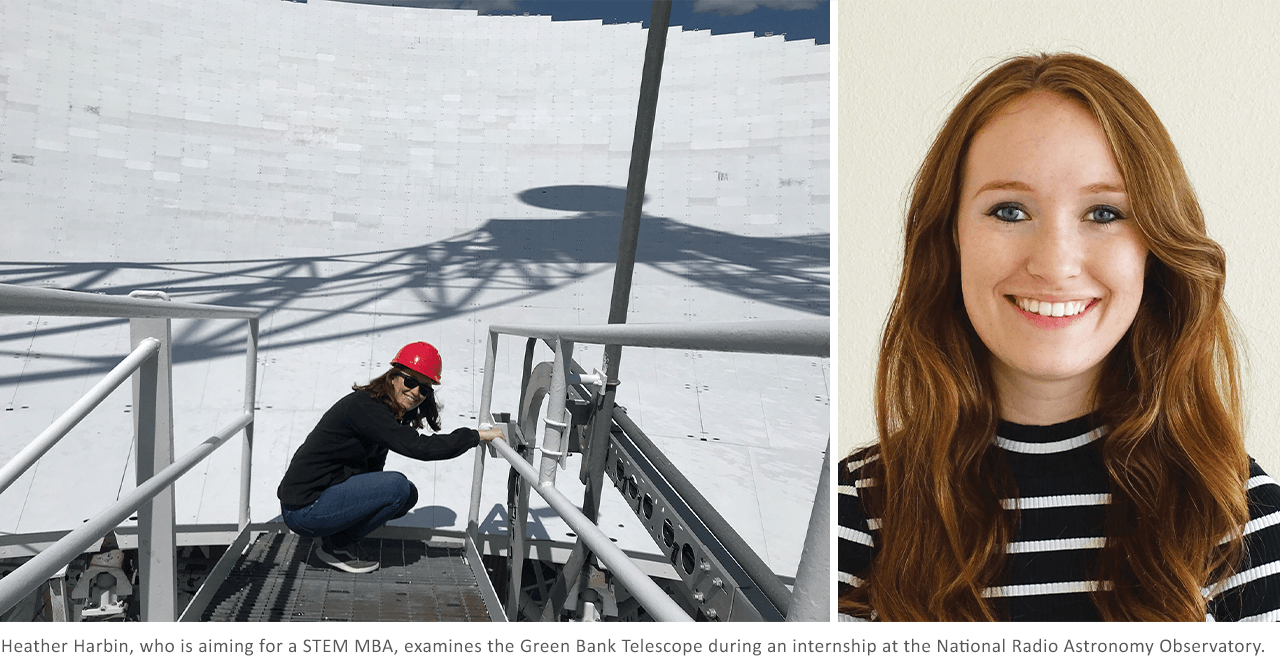
"My role in this research was primarily to help locate the remnants of gamma ray bursts in the radio frequency of the electromagnetic spectrum. My job was to help locate the afterglows of cosmic explosions within a certain region of the sky. I used astronomical data processing software to do this and narrow down potential candidates. My role in this research taught me that conducting research within this field is truly an admirable undertaking, but it may not be for me. I am now interested in the idea of a more administrative role within STEM and am excited to be pursuing a STEM MBA at Texas Tech."
Harbin is a Physics graduate pursuing a STEM MBA at Texas Tech.
Arvind Balasubramanian
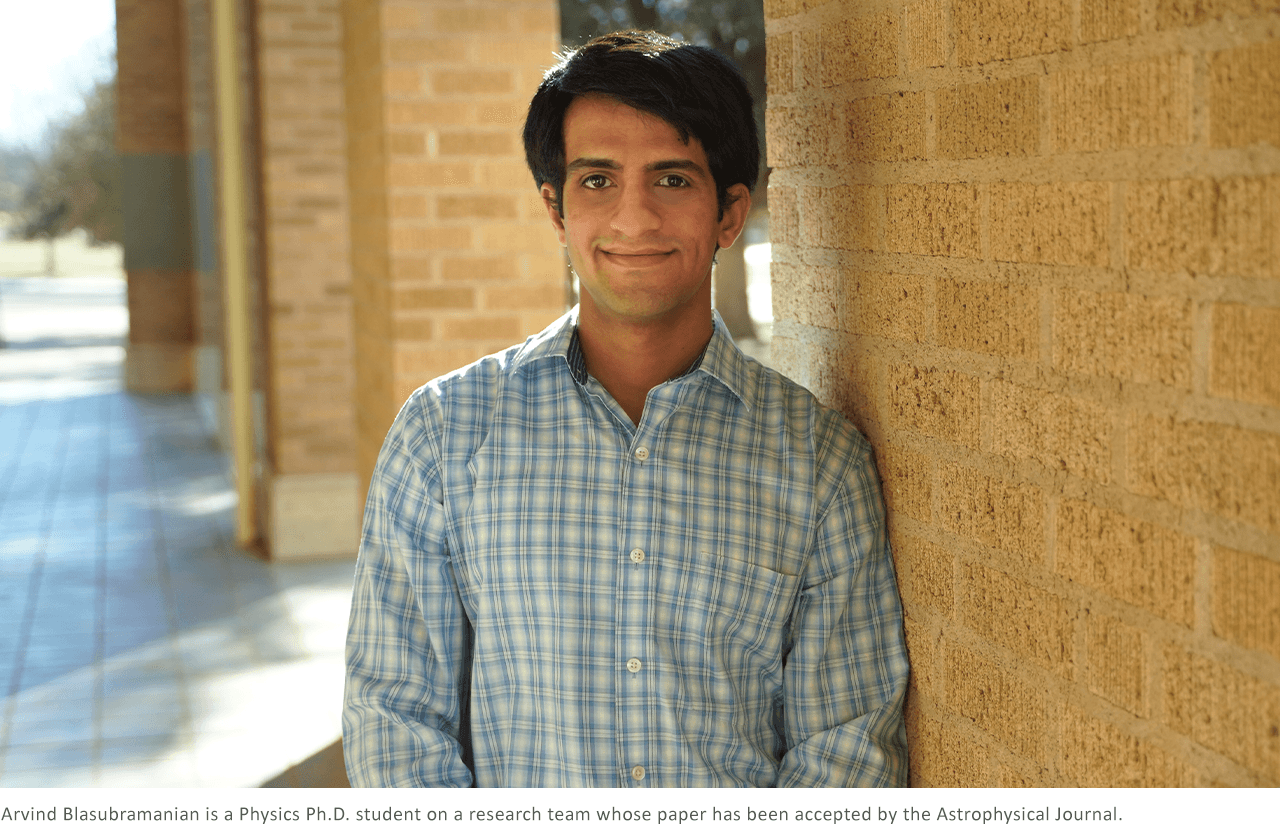
"I have always been fascinated by astrophysical transients—objects that vary at various timescales in the universe. In this work, we are looking for radio emission from one such type of transients, known as Gamma Ray Bursts. My contribution to this work is in the form of querying a recent all-sky survey in radio wavelengths, to see if the sources of interest are visible in the corresponding survey images of that part of the sky."
Balasubramanian is a Physics Ph.D. student at TTU.
College of Arts & Sciences
-
Address
Texas Tech University, Box 41034, Lubbock, TX 79409-1034 -
Phone
806.742.3831 -
Email
arts-and-sciences@ttu.edu
